Can I Have Fries With That?
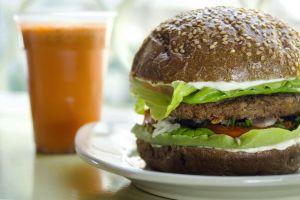 In separate news stories, researchers have developed the ability to make food on a printer to be both nutritious and tasty.
In separate news stories, researchers have developed the ability to make food on a printer to be both nutritious and tasty.
Firstly, Needham Coding in the UK has expanded its ‘N’ series of continuous inkjet printers (CIJ) by adding new models, including one for specialist food-grade applications. According to Rick Pendrous, the N32 FG is a food-grade CIJ printer designed for harsh environments and for use with food-grade inks.
Then there is news that an Israeli company has created a new food printer that could become a “Star Trek-style food replicator for the home.”
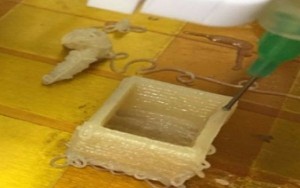 According to the Times of Israel, two Hebrew University researchers claim to soon be able to produce meals using nano-cellulose and they’ve already made the dough (pictured). The newspaper report muses “we could be printing our hamburgers and French fries from a printer within five years.” So far they have used their technology to “print” dough, but not a full meal.
According to the Times of Israel, two Hebrew University researchers claim to soon be able to produce meals using nano-cellulose and they’ve already made the dough (pictured). The newspaper report muses “we could be printing our hamburgers and French fries from a printer within five years.” So far they have used their technology to “print” dough, but not a full meal.
The researchers say “the technology will be able to produce nutritious meals for use in homes, restaurants and institutions, using nano-cellulose, a natural and edible calorie-free fiber within the next two to five years.
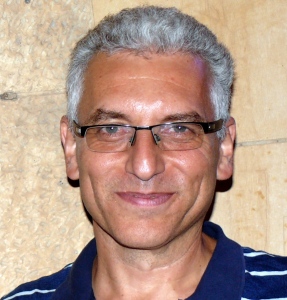 The technology was developed by professors Oded Shoseyov and Ido Braslavsky (pictured), both of the Robert H. Smith Faculty of Agriculture, Food and Environment at Hebrew University. In a phone interview, they described to Times of Israel reporters what printing of food involves.
The technology was developed by professors Oded Shoseyov and Ido Braslavsky (pictured), both of the Robert H. Smith Faculty of Agriculture, Food and Environment at Hebrew University. In a phone interview, they described to Times of Israel reporters what printing of food involves.
“Imagine an espresso machine for whole meals. The technology relies on two basic elements: cartridges containing the meal’s ingredients — in powder or solution form — and hardware that applies heat and shapes the matter. The cartridges contain crystalline nano-cellulose as a core element, along with proteins, carbohydrates, fat, antioxidants and vitamins. Following individualized specs provided by the consumer on a 3D printer, the technology applies localized heat and shapes the raw material through infrared lasers.
“Printing food is an idea that exists,” said Braslavsky. “We are putting forward a completely new way to form this food.”

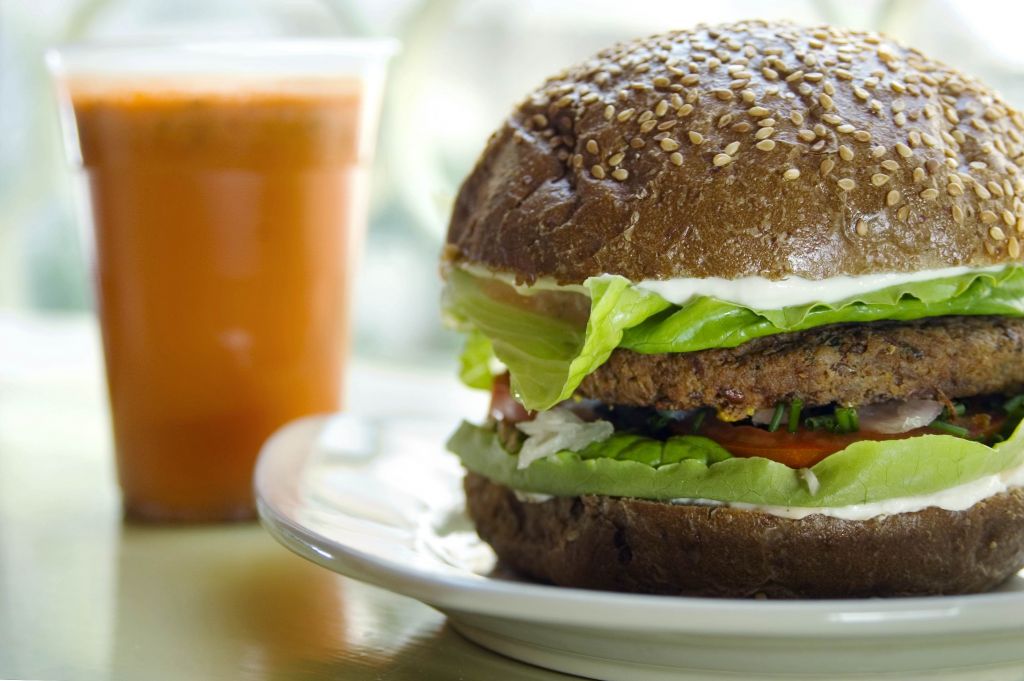
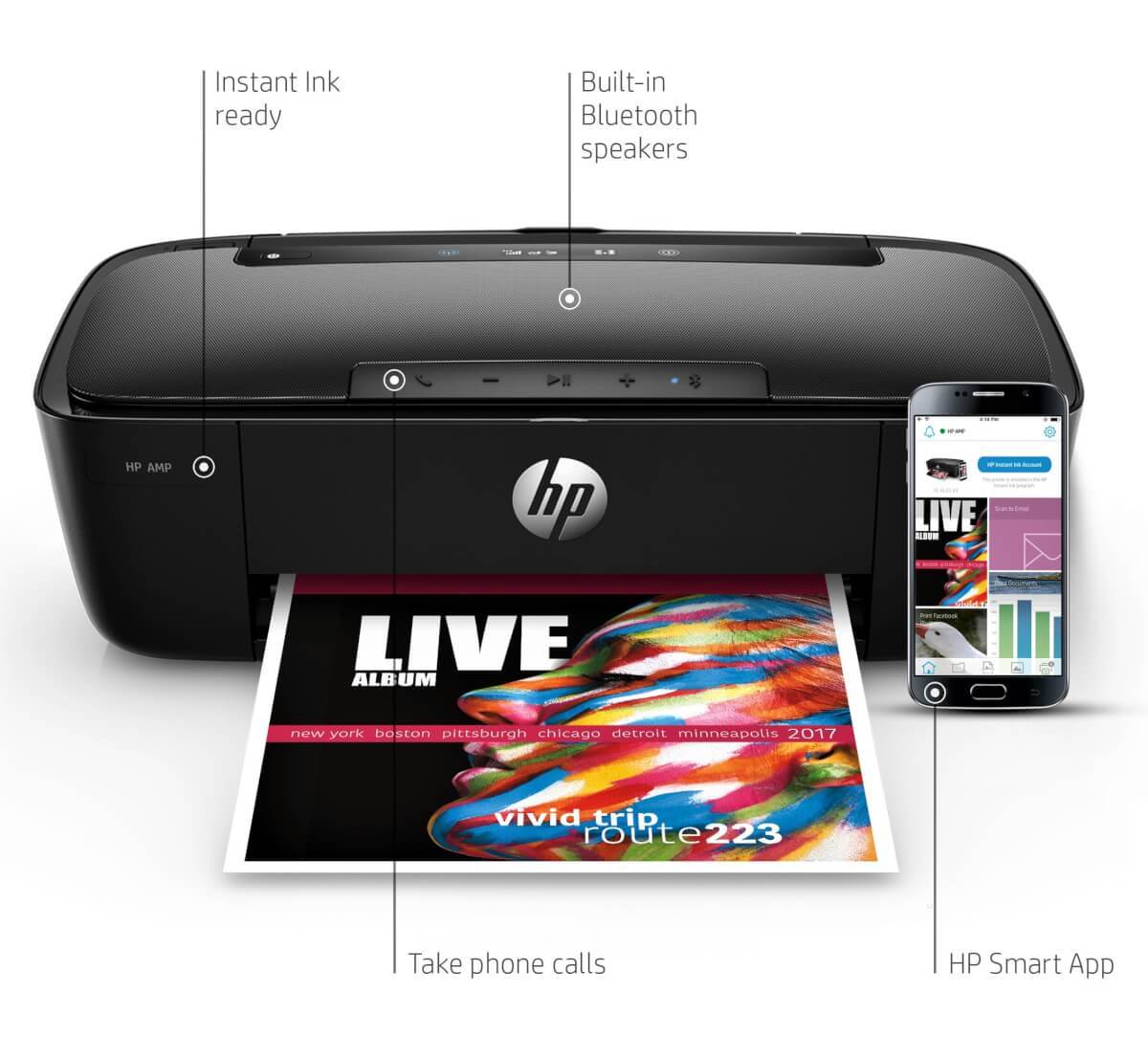
Leave a Comment
Want to join the discussion?Feel free to contribute!